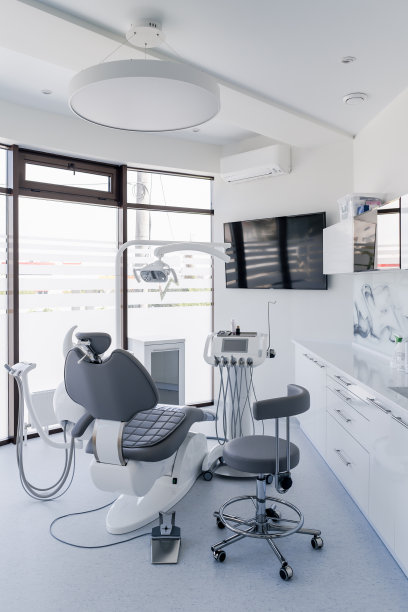The Essential Guide to Extracting a Tooth Everything You Need to Know for a Smooth Procedure
Summary: Extracting a tooth is not merely about the removal of a problematic tooth; it is a comprehensive process that necessitates understanding, preparation, and proper care before and after the procedure. This guide covers everything you need to know to ensure a smooth tooth extraction process. It delves into the reasons for tooth extraction, the preparation required, the procedure itself, and the aftercare needed for optimal recovery. By educating patients on these aspects, we aim to alleviate fears and uncertainties and promote a stress-free experience for anyone facing tooth extraction.
1. Reasons for Tooth Extraction

Tooth extraction could be necessary for a variety of reasons. One common reason is severe tooth decay, where the damage is beyond repair and poses a risk for infection to surrounding teeth. In such cases, dental professionals typically recommend extraction to prevent further complications.
Another significant reason for tooth extraction is periodontal disease. This condition can affect the supporting structures of teeth, leading to loose teeth that may need to be removed to protect the oral health of the patient. Addressing periodontal disease may often involve removing teeth that are too compromised.
Additionally, some individuals may need tooth extraction due to overcrowding. In orthodontic treatment, it’s sometimes essential to remove specific teeth to make room for others to align correctly. This practice facilitates the proper positioning of remaining teeth to achieve desired aesthetic and functional results.
2. Preparing for a Tooth Extraction
Preparing for a tooth extraction is crucial for a successful procedure. Patients should start with a thorough consultation with their dentist. During this meeting, the dentist will review the patients medical history, evaluate the specific tooths condition, and outline the best extraction strategy, taking into account any existing health concerns.
Patients must also follow pre-operative instructions, which can include guidelines on eating and drinking before the procedure, especially if sedation is required. Understanding these guidelines helps to ensure the patient’s safety and comfort during the extraction.
Moreover, arranging for post-operative care is essential. Patients should have someone ready to assist them following the extraction, especially if they have received sedation, as they may feel lightheaded or disoriented. This preparation can significantly affect the patient’s overall experience and recovery.
3. Understanding the Extraction Procedure
The tooth extraction procedure typically begins with anesthesia. The dentist will provide local anesthesia to numb the area around the affected tooth, ensuring the patient experiences minimal discomfort during the process. In some cases, general anesthesia may be recommended, especially for complicated extractions or for apprehensive patients.
Once the anesthesia takes effect, the dentist will take steps to loosen the tooth from its socket. For simple extractions, this may involve using special tools to elevate the tooth. More complex extractions may necessitate surgical intervention, where the dentist may need to remove bone or cut into the gum tissue for access.
After the tooth removal, the dental professional will clean the area and possibly place stitches if necessary. The dentist will then offer care instructions to aid recovery, which is a critical part of ensuring no complications arise post-extraction.
4. Aftercare Following Tooth Extraction
Aftercare is vital following a tooth extraction to promote proper healing. Initially, patients may experience some bleeding, for which biting down on gauze can help. Its advisable to keep the gauze in place for a prescribed period to minimize bleeding effectively.
Pain management is also crucial. Patients are often prescribed pain medication or may be advised on over-the-counter options to manage discomfort following the extraction. Its important for patients to adhere to management instructive guidelines to avoid any adverse effects.
Lastly, maintaining good oral hygiene during recovery is critical, although it requires some modifications. Patients should avoid rinsing their mouths vigorously or using straws for a few days to protect the blood clot that forms, as it plays a vital role in healing. Following the dentists aftercare instructions closely ensures a smoother recovery process.
Summary:
This guide highlights essential information regarding tooth extraction, covering the reasons, preparation, the procedure, and aftercare. Understanding these aspects can greatly alleviate anxiety and help patients navigate the tooth extraction process with confidence.
This article is compiled by Vickong Dental and the content is for reference only


